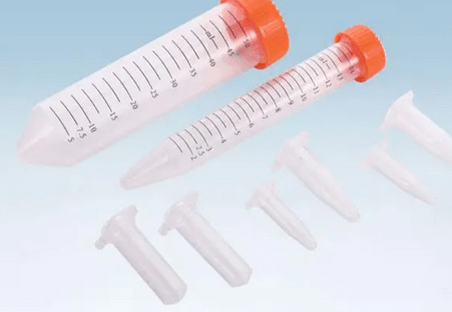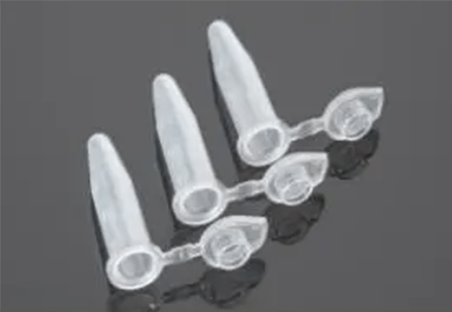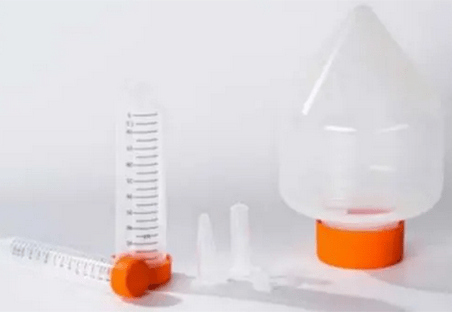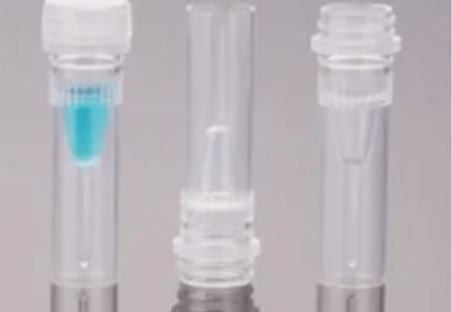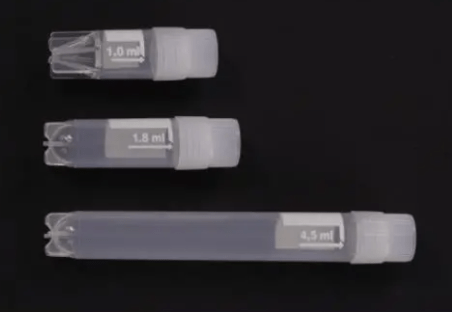Microcentrifuge tubes are small, conical-shaped plastic tubes that like other centrifuge tubes are widely used in laboratories to store and handle small amounts of liquid. They are typically made of polypropylene and feature a snap-on or screw-on cap for secure closure. Because they are made of durable material, these tubes can withstand the high speeds of a microcentrifuge, which is used to separate components of a liquid mixture based on density. Despite their seemingly simple design, microcentrifuge tubes are susceptible to user errors that affect experiment results. The proper microcentrifuge tube use is important. Here are some common mistakes and how to avoid them.
Common Mistake 1: Choosing the Wrong Tube
Problems Caused by Using the Wrong Tube
Reduced sample recovery, incompatibility with techniques, and contamination. If a tube is not designed to withstand the centrifuge’s speed and force, it may rupture during the spin. This can result in sample loss, contamination, and even damage to the centrifuge. Some chemicals react with specific plastics. Using an incompatible tube can cause the tube to degrade or leak, contaminating your sample and potentially posing a safety risk. If the tube or cap does not provide a secure seal, the sample may leak or evaporate during centrifugation. This leads to inaccurate or contaminated results. Using a tube that is too small for your sample volume can result in overflow or improper centrifugation. Choosing the right tube is important.
How to Avoid Choosing the Wrong Tube
- Check Centrifuge Compatibility: Every microcentrifuge tube has a maximum speed rating, typically in RCF (Relative Centrifugal Force). Ensure that the tube’s rating exceeds the RCF of your centrifuge.
- Consider Chemical Compatibility: Check the manufacturer’s specifications for the tube’s chemical compatibility. If you’re working with harsh solvents or chemicals, use tubes made of a resistant material.
- Choose the Right Size: Choose a tube with enough capacity for your sample and some extra headspace to prevent overflow.
- Inspect for Quality: Examine tubes for cracks or defects before use. Ensure that the cap creates a tight seal.
- Know Your Materials: If you’re not sure which type of microcentrifuge tube to use, refer to a lab manual or safety sheet, or ask a more experienced researcher.
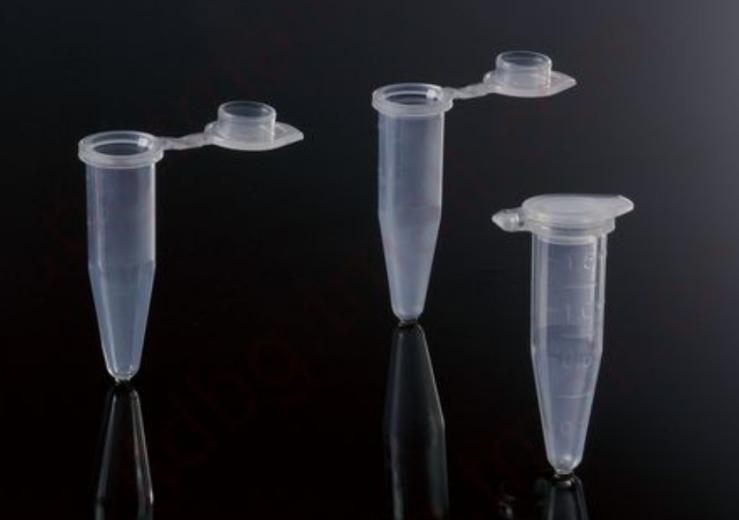
Common Mistake 2: Contamination
Consequences of Contamination
Contamination with foreign DNA, bacteria, or chemicals can ruin experiments and render the results useless. Contaminated samples, especially in biological work, may pose safety risks.
How to Avoid Contamination
- Aseptic Technique: Maintain strict aseptic techniques. Work in a clean and designated area. Wear clean gloves and replace them frequently. Always use new, sterile microcentrifuge tubes when there is a risk of contamination.
- Careful Pipetting: Avoid rubbing pipette tips against the tube’s sides or rim. Use filter tips to reduce contamination risk even further. Disinfect your workspace before and after using microcentrifuge tubes.
- Centrifuge Practices: Close centrifuge lids before operation to prevent aerosols from spreading if a tube breaks.
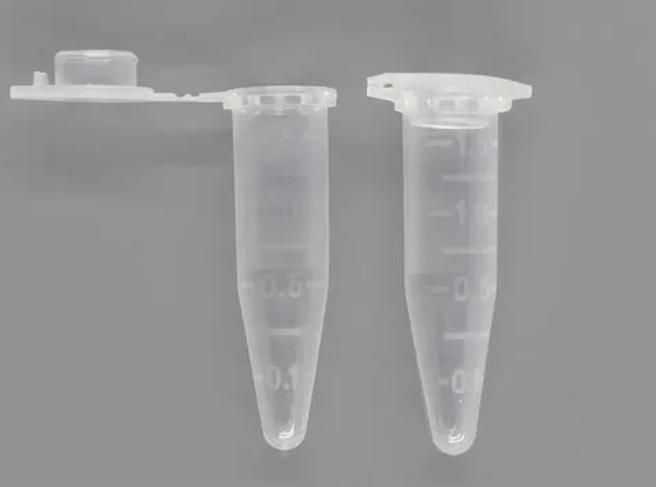
Common Mistake 3: Overfilling Tubes
Problems Caused by Overfilling
Centrifuges generate extremely high forces. If a tube is overfilled, the liquid within may not have enough space to redistribute during the spin. This pressure can cause the tube to crack or explode, endangering the centrifuge and posing a biohazard. Even if the tube does not break, overfilling may cause the liquid to push past the cap seal, resulting in leaks and contamination of samples or the centrifuge itself. Overfilling can affect the separation of samples during centrifugation. This may skew experimental results.
How to Avoid Overfilling
- Know the Limits: Check the manufacturer’s specifications for your microcentrifuge tubes. They will specify the maximum safe fill volume. Never fill beyond that line.
- Visual Check: Before closing a tube, take a moment to visually inspect the fill level. There should be some space at the top of the tube.
- Be Mindful of Expansion: Some liquids expand slightly when frozen. If you’re freezing a sample in a microcentrifuge tube, leave some extra space.
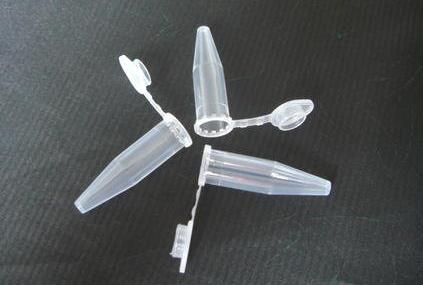
Common Mistake 4: Neglecting Maintenance
Problems Caused by Neglecting Maintenance
Microcentrifuge tubes are subjected to tremendous forces during centrifugation. Repeated use can cause wear and tear, making them prone to cracking, leaking, or even exploding in the process. This can ruin samples and possibly harm the centrifuge. Unbalanced loads (due to variations in tube weight or improper filling) can put stress on the centrifuge rotor. Misaligned or damaged tubes increase the likelihood of rotors becoming unbalanced, resulting in vibrations and potentially severe centrifuge damage. Damaged tubes may not seal properly, resulting in sample evaporation during centrifugation. This affects concentration and has a significant impact on experimental results.
How to Avoid These Mistakes
- Regular Visual Inspection: Before each use, inspect the tubes for cracks, chips, deformation, and discoloration. Please deal with any damaged tubes immediately.
- Centrifuge Maintenance: Follow the manufacturer’s instructions for cleaning and maintaining your microcentrifuge. This includes cleaning the rotor and buckets regularly, as well as checking for signs of wear and damage.
- Calibration: Have your microcentrifuge professionally calibrated regularly to ensure that it is spinning at the correct speed.
- Proper Filling Techniques: Fill tubes evenly and do not exceed the manufacturer’s recommended fill volume.
- Balanced Loads: When loading the centrifuge, ensure that the tubes are balanced in terms of weight and position within the rotor.
- Chemical Compatibility: Check the chemical compatibility of the tubes with the solutions you plan to centrifuge.
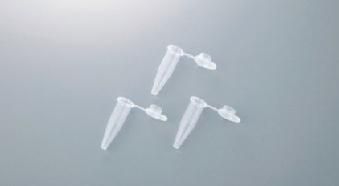
Conclusion
| Common Mistake | Potential Consequences | How to Avoid |
| Choosing the Wrong Tube | Chemical incompatibility, tube failure during centrifugation | Select tubes based on chemical compatibility charts and ensure they are rated for the centrifugal forces used in your experiments. |
| Contamination | Sample contamination, inaccurate results | Use sterile tubes when necessary. Practice aseptic techniques when handling tubes and samples. |
| Overfilling Tubes | Sample loss, tube failure, centrifuge damage | Adhere to the manufacturer’s recommended fill volumes for each tube type. |
| Neglecting Maintenance | Tube failure, centrifuge damage, inaccurate results | Visually inspect tubes before use. Follow the manufacturer’s maintenance instructions for the centrifuge, including regular cleaning and calibration. |
Recognizing and avoiding these common mistakes will ensure that your microcentrifuge tube usage is effective and efficient and that your research yields accurate and reliable results. Remember that small changes can have a big impact on the world of microtubes. Scopelab is a professional lab consumable provider, if you want to know more please contact us.
